Introduction to Blockchain Technology
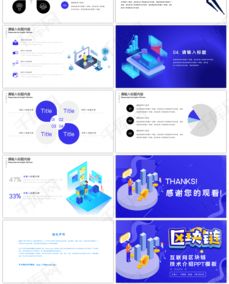
Blockchain technology has emerged as a revolutionary force in the digital world, transforming the way we perceive and interact with data and transactions. This article aims to provide an overview of blockchain, its key features, and its potential impact on various industries.
What is Blockchain?
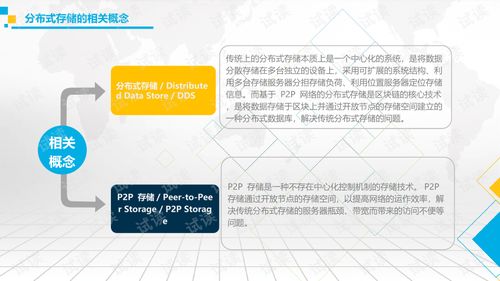
Blockchain is a decentralized digital ledger that records transactions across multiple computers so that the record cannot be altered retroactively without the alteration of all subsequent blocks and the consensus of the network. It was first conceptualized in 2008 by an anonymous person or group of people using the pseudonym Satoshi Nakamoto, and it was introduced to the world with the launch of Bitcoin, the first decentralized cryptocurrency.
Key Features of Blockchain
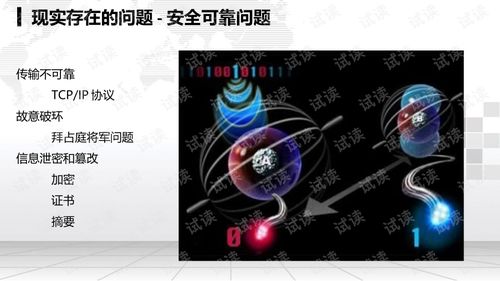
There are several key features that make blockchain unique and powerful:
Decentralization: Unlike traditional centralized systems, blockchain operates on a decentralized network, which means that no single entity has control over the entire system.
Immutability: Once data is recorded on the blockchain, it cannot be altered or deleted, ensuring the integrity of the information.
Transparency: The blockchain ledger is transparent, allowing anyone with access to view the transactions and their history.
Security: Blockchain uses advanced cryptographic techniques to secure the data, making it nearly impossible to hack or tamper with.
Consensus Mechanism: The blockchain network reaches consensus on the validity of transactions through various mechanisms, such as Proof of Work (PoW) or Proof of Stake (PoS).
How Blockchain Works

Blockchain operates through a series of interconnected blocks, each containing a set of transactions. These blocks are linked together in a chain, with each block referencing the previous one. The process of adding new blocks to the chain is called mining, and it requires significant computational power.
When a new transaction occurs, it is broadcasted to the network. Miners then compete to solve complex mathematical puzzles to validate the transaction and add it to the blockchain. Once a block is added, it is linked to the previous block, creating an immutable and transparent record of all transactions.
Applications of Blockchain
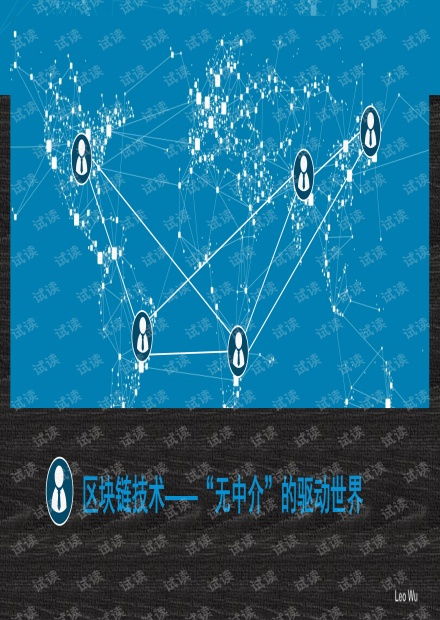
Blockchain technology has the potential to disrupt various industries, including:
Finance: Cryptocurrencies like Bitcoin and Ethereum have gained significant traction, and blockchain is being explored for secure and transparent financial transactions.
Supply Chain Management: Blockchain can provide a transparent and immutable record of goods and services, reducing fraud and improving efficiency.
Healthcare: Blockchain can enhance patient data security and privacy, as well as streamline the sharing of medical records.
Real Estate: Blockchain can simplify property transactions, reduce fraud, and provide a secure and transparent record of ownership.
Government and Public Services: Blockchain can improve the efficiency and transparency of government services, as well as enhance the security of voter registration and election processes.
Challenges and Limitations
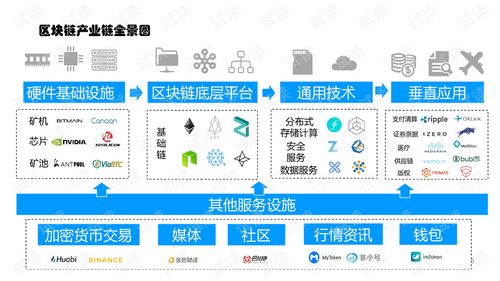
While blockchain offers numerous benefits, it also faces several challenges and limitations:
Scalability: The current blockchain networks can handle a limited number of transactions per second, which may not be sufficient for large-scale applications.
Energy Consumption: Proof of Work (PoW) consensus mechanisms require significant computational power, leading to high energy consumption.
Regulatory Hurdles: The regulatory landscape for blockchain and cryptocurrencies is still evolving, which may pose challenges for widespread adoption.
Security Concerns: While blockchain is generally secure, vulnerabilities can still exist in the underlying software or implementation.
Conclusion

Blockchain technology has the potential to revolutionize the way we interact with data and transactions. Its decentralized, immutable, and transparent nature offers numerous benefits across various industries. However, challenges such as scalability, energy consumption, and regulatory hurdles need to be addressed for widespread adoption. As the technology continues to evolve, it will be interesting to see how blockchain shapes the future of our digital world.
Tags
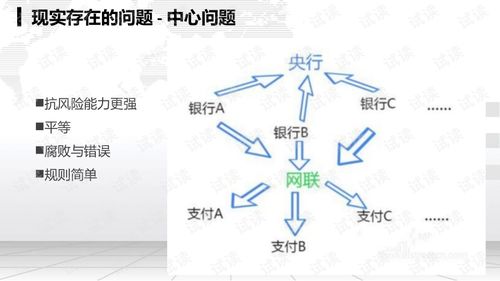
Blockchain, Cryptocurrency, Decentralization, Immutability, Transparency, Security, Consensus Mechanism, Applications, Challenges, Future
